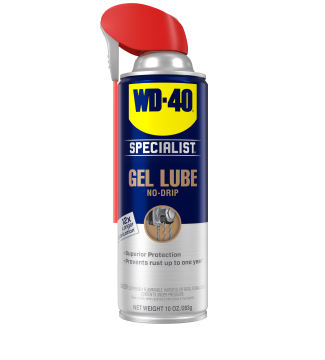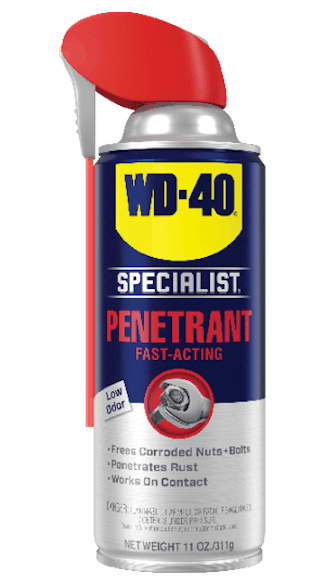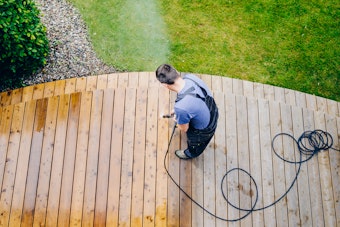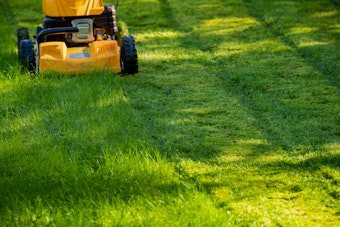How to Build Your Own Wooden Fence
How to Build Your Own Wooden Fence
<< BackThere are many reasons to install a fence – to keep the dog in the yard, block noise, provide privacy, etc. Hiring someone to do it or buying a pre-made kit is easy, but building your own wooden fence can save you a lot of cash. Here’s what you need to keep in mind if you want to build your own fence.
Regulations and Restrictions
Before you get into full fence-building mode, check with your local planning department and neighborhood association, as the location and height of your new fence may be regulated. Also, water mains and many electrical, gas and sewer lines are buried at the levels you’ll be digging, so applying for a building permit is a must. Keep in mind trees and bushes may not be subject to the same height restrictions as fences, so you may have a natural built-in backup plan.. It’s also best to hire a registered land surveyor to mark the property line for you since Geographic Information System maps and other assessor’s maps can be inaccurate, and cities often don’t keep detailed records of property boundary information.
Choose the Type of Fence You Want
When choosing which type of fence you want to build, there are a lot of options – picket, lattice, concave, convex, board on board, shadowbox, privacy, and more. FenceWorkshop.com has some good photos of the most common types of wooden fences, and Pinterest has some more creative options to peruse for inspiration. Once you’ve chosen the type of fence you want, you’ll want to decide how tall you want it to be. A standard privacy fence measures about 6 feet above ground. Picket fences are often only 3 feet tall. If you want your fence to last 20 years instead of five, you’ll also want to make sure you choose the right type of wood. Treated woods are usually a goodchoice, and there are many different options available at The Home Depot. DoItYourself.com lists the typical wood grade descriptions here.
Start Digging and Constructing
Once you have your wood, stake the corner locations, and then middle posts. Posts should be 8 feet apart or less to ensure the fence doesn’t sag. Each post needs to be buried at least 33% as deep as they are tall, too, so a 9-foot high post should be buried 3 feet deep with 6 feet showing above ground. It’s also best to place 3-4 inches of gravel at the bottom of the hole for secure placement. Then, to make sure it’s extra sturdy, hold the post in place and pour instant concrete in the hole until it is two-thirds full. HGTV has some good visuals that show how best to do this. Add water -on top of the cement and use a stirring stick to mix it all together. Allow it to set, and then fill the remainder of the hole with dirt. Attach support rails to the posts using decking screws. These should be no more than 2 feet apart, so most fences will only have two or three of them. Nail your vertical boards to the support rails (ideally with a nail gun). Once you’re done, treat the boards with paint, stain or weatherproofing finish to ensure it lasts for years to come.
Tip: Use WD-40® Multi-Use Product to lubricate and protect your nail gun.
FEATURED PRODUCTS
WANT TO GET MORE TIPS AND TRICKS?
SUBSCRIBE TO THE NEWSLETTER




